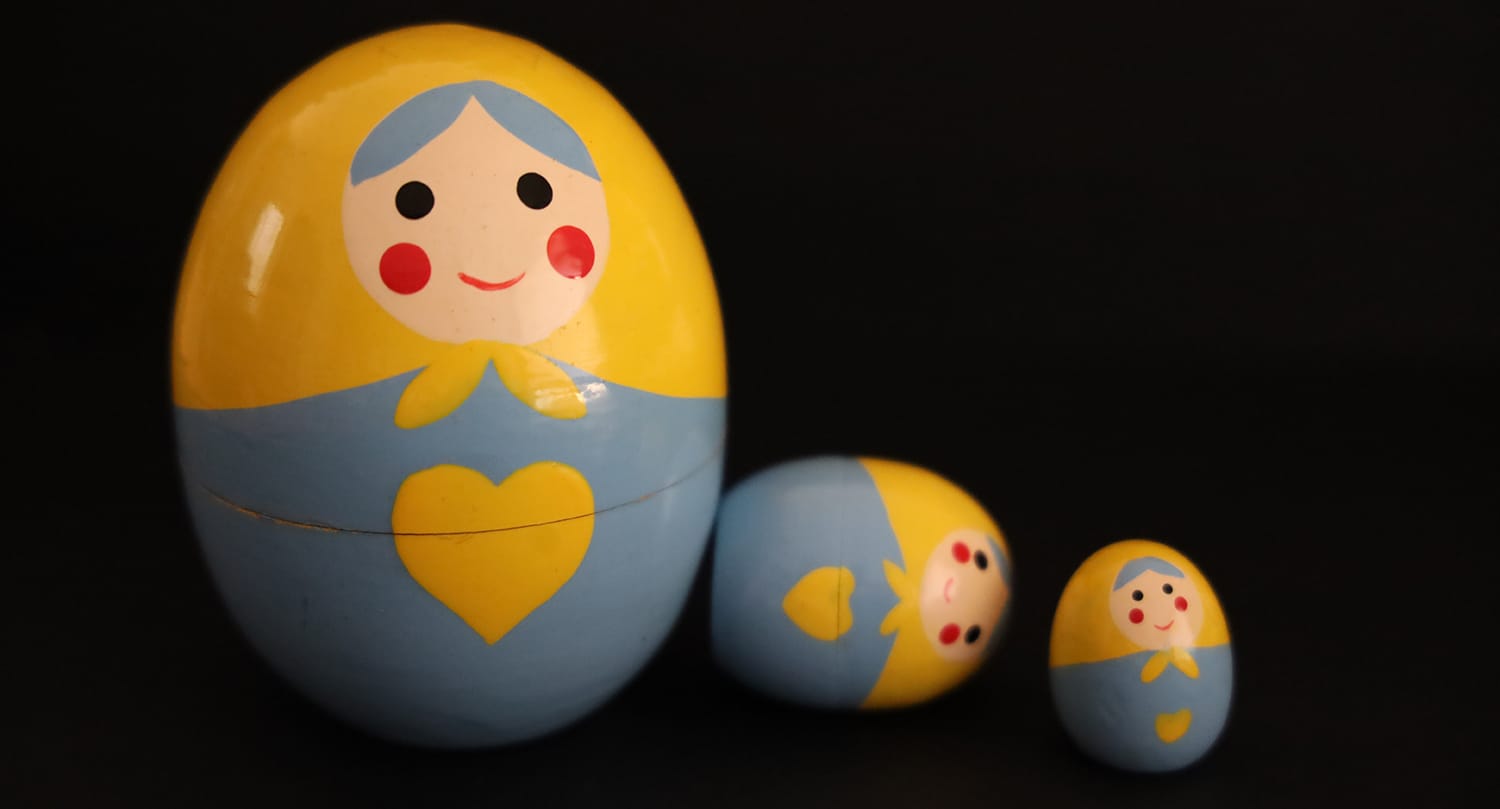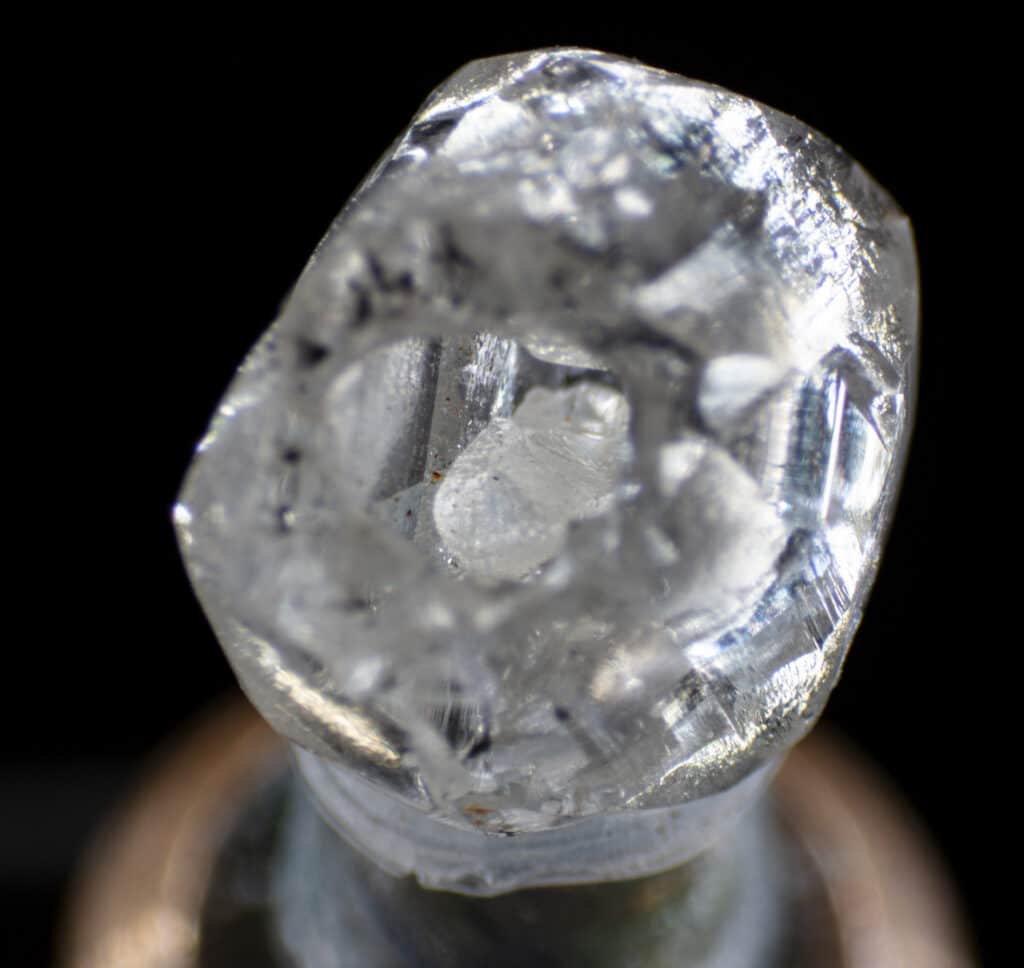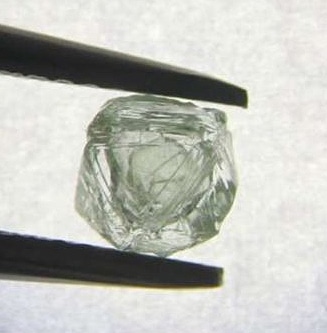Blog
Home » Diamonds blog » UNUSUAL DIAMOND WITHIN A DIAMOND DISCOVERED AND ANALYZED BY DE BEERS
Focus on

The De Beers Institute of Diamonds, which is a grading and educational body that is part of De Beers Group, has revealed the discovery of a rare diamond that has another fully formed and separate diamond encased within it.
Named the “Beating Heart,” the 0.329-carat, D-color, stone was found to have an internal cavity that encloses the smaller diamond, which while is trapped is still free to move around within its space.
The rough diamond, which had been recovered one of the De Beers-operated mines, was first flagged as an interesting natural anomaly by De Beers Group sightholder, VD Global (VDG), based in India. The Institute of Diamonds was alerted in October 2022, and the specimen was sent for analysis at its facility in Maidenhead, United Kingdom, a month later.
“I have certainly never seen anything like the ‘Beating Heart’ during my last 30 years in the diamond sector,” said Samantha Sibley, a technical educator at the De Beers Group. “Using the expertise of De Beers Group, we can shed light onto the formation and structure of this natural specimen and share these insights with a wider community of diamond professionals.”

The “Beating Heart,” a 0.329-carat, D-color diamond that has an internal cavity enclosing a smaller diamond.
JOURNEY FROM FORMATION TO DISCOVERY
Initial conclusions suggest that the cavity in the stone was formed due to preferential etching of an intermediate layer of poor-quality fibrous diamond. The original ‘core’ would have consisted of good-quality diamond growth of gem-quality crystal.
At some point between its formation and travel to the surface of the Earth, the De Beers scientists believe that the poor-quality layer etched away, leaving only the outer diamond. This is what led to a led to a diamond that can freely move around within an inner space.
“The ‘Beating Heart’ is a remarkable example of what can happen on the natural diamond journey from formation to discovery,” stated Jamie Clark, Head of Global Operations at De Beers Institute of Diamonds.
“A find like this demonstrates why natural diamond formation and origin is such a fascinating area of study and why it is important to strive for advancements in testing and analysis that can contribute to our knowledge of natural diamond growth, Clark stated
The specimen will not be cut and polished, but will instead be maintained for research and educational purposes with the consent of VDG and with the support of De Beers Institute of Diamonds.
MATRYOSHKA DIAMOND FROM SIBERIA
The ‘Beating Heart’ now joins a small group of similar natural diamonds, including the widely publicized Matryoshka diamond from Siberia, Russia, which was first recorded in 2019.
Named the traditional Matryoshka dolls within a doll, the Russian stone was unearthed at by Alrosa’s Nyurba Mining and Processing Division. Weighing 0.62 carats, it was believed to more than 800 million years old.
According to scientists at the Gemological Institute of America (GIA) that were permitted to examine the stone, the Matryoshka’s inner and outer diamonds had almost identical “trace elements,” which are substances found in small quantities within the stone.
That find, said the GIA scientists, confirmed the Matryoshka was initially one solid diamond without the cavity.
The GIA team surmised that, that the elements that made up the the middle part of the diamond crystal, which is now the area of void, was dissolved after the stone’s original crystallization. Some 0.11 carats of diamond thus melted away, through the two small open channels that created the pathway for the internal cavity. The host diamond and the small internal diamond crystals were inactive or less active to the melt, and thus survived.

The Matryoshka Diamond, named for the Russian dolls within a doll, a 0.62-carats diamond within a diamond, believed to more than 800 million years old.
What is known is that the original Matryoshka had been naturally irradiated, This could be deduced from clear-green color of the inner stone and etchings on its surface, resembling Christmas trees. Those patterns were caused by fluid containing radioactive elements that leaked out through shallow fractures along the diamond’s edges.
